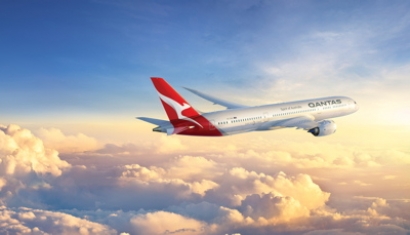
Qantas used biofuel processed from Brassica Carinata, a non-food, industrial type of mustard seed, developed by Canadian-based agricultural-technology company, Agrisoma Biosciences.
The flight was part of the partnership announced in 2017 which will also see the companies work with Australian farmers to grow the country’s first commercial aviation biofuel seed crop by 2020.
Qantas International CEO Alison Webster said it was fitting that the airline’s Dreamliner 787-9 was used to showcase the future of sustainable aviation.
“The Qantas Dreamliner marks an exciting new era of innovation and travel. The aircraft is more fuel efficient and generates fewer greenhouse emissions than similarly sized-aircraft and today’s flight will see a further reduction on this route.”
Across its lifecycle, using Carinata-derived biofuel can reduce carbon emissions by 80 percent compared to traditional jet fuel.
Carinita requires no specialized production or processing techniques. It is water efficient and The University of Queensland field trials in Gatton, Queensland, and in Bordertown, South Australia, have demonstrated it should do very well in the Australian climate.
It is sown in either fallow areas where food crops fail or in between regular crop cycles, known as “cover cropping”. Rotational or break-crops can improve soil quality, reduce erosion for food crops and provide farmers with additional income.
Agrisoma CEO, Steve Fabijanski, said, “Biojet fuel made from Carinata delivers both oil for biofuel and protein for animal nutrition while also enhancing the soil its grown in.”
Qantas’ first trans-Pacific biofuel flight was made possible with the support of AltAir Fuels and World Fuel Services.

